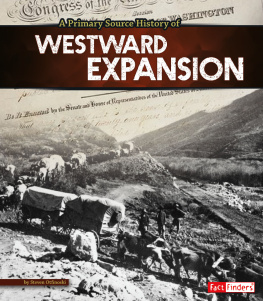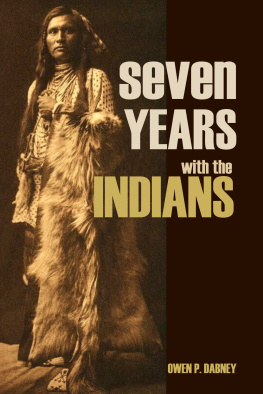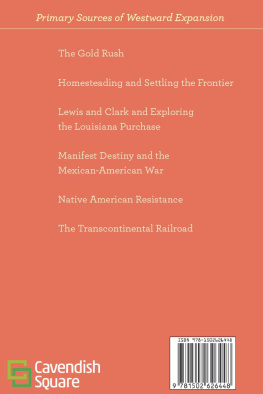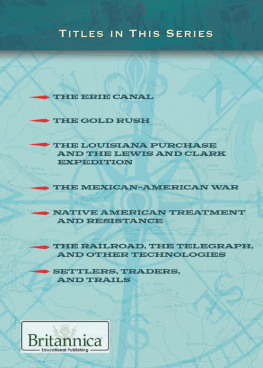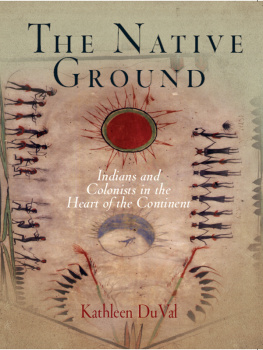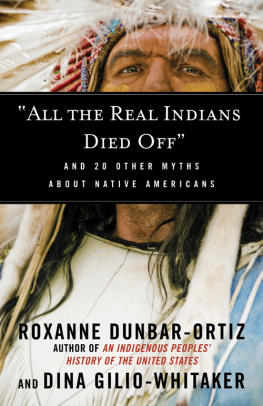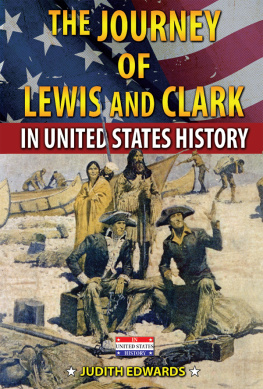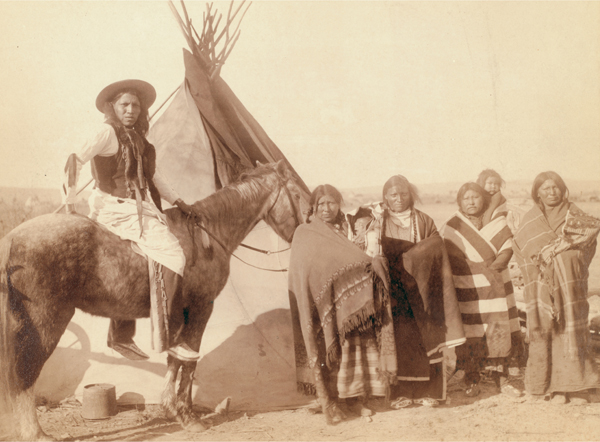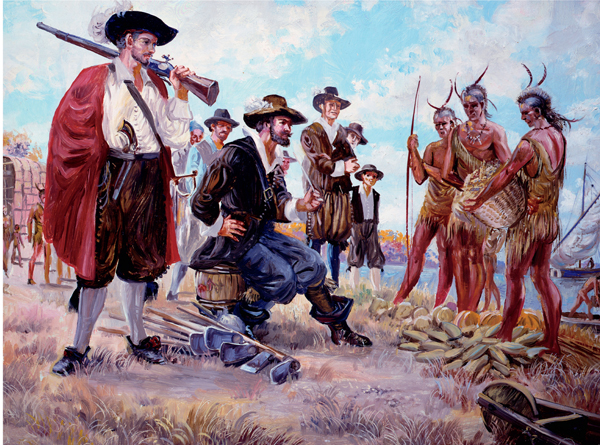Poverty levels were high and remain so at the Pine Ridge reservation in South Dakota.
The Indians faced a difficult adjustment on the reservations. Poverty levels were high and living conditions were poor. It was easy for many Indians to become depressed in their new homes. Some turned to alcohol as a way to cope with their unhappiness. Many Indians also lost confidence in the power of their traditional belief systems.
The U.S. government wanted American Indians to live the same way that white Americans did. One way was to require all American Indian children to go to school.
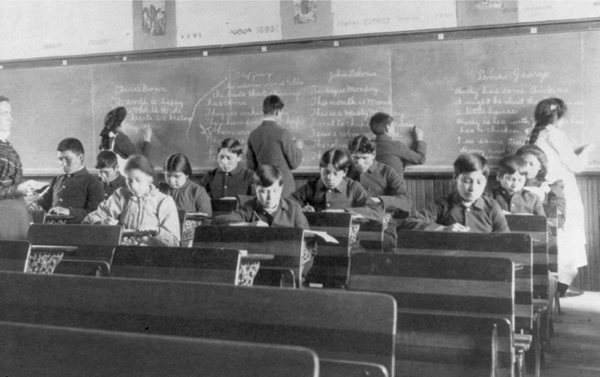
Indian children were forced to attend boarding schools, including one in Pennsylvania.
Some American Indians students went to schools on their reservations. Others were sent to boarding schools, sometimes hundreds of miles away from their homes. The students were required to speak only English at their new schools instead of their native language. They also had to change their names to ones that sounded American and wear the same kind of clothes that American students did. Student Luther Standing Bear observed:
Most American Indian students didnt like the new ways that were forced upon them. It was hard to be away from their parents in a new and strange environment. Punishment could be severe at the schools, and teachers and other people in authority sometimes physically or sexually abused the students.
Adult Indians were also expected to make changes in how they lived their lives. The government wanted Indians to become more like the settlers, farming the land and attending Christian churches. It didnt seem to matter what the Indians wanted. In addition to losing the land they had lived on, American Indians were losing their culture and traditional ways too. The West had been settled the way the U.S. government had wanted, but American Indians lives were unsettledand often lostin the process.
AMERICAN INDIAN SPIRITUALITY
There are many religious beliefs among the various tribes of American Indians. But a common belief shared by most was that American Indians were chosen to exist by their creator. Most American Indians respected other peoples religious beliefs. Most also believed that all forms of life depended on each other.
White settlers hoped to introduce Indians to Christianity and brought missionaries with them. But Indians sometimes had difficulty separating how Christians preached and how they behaved, since the two could be very different. Sauk leader Black Hawk said:
Compass Point Books
1710 Roe Crest Drive
North Mankato, Minnesota 56003
www.capstonepub.com
Copyright 2013 by Compass Point Books, a Capstone imprint.
All rights reserved. No part of this publication may be reproduced without written permission of the publisher. The publisher takes no responsibility for any of the materials or methods described in this book, nor for the products thereof.
Library of Congress Cataloging-in-Publication Data
Musolf, Nell.
The split history of westward expansion in the United States : a perspectives flip book / by Nell Musolf.
p. cm. (Perspectives flip book)
Includes bibliographical references and index.
Summary: Describes the opposing viewpoints of the American Indians and settlers during the Westward Expansion Provided by publisher.
ISBN 978-0-7565-4571-0 (library binding)
ISBN 978-0-7565-4596-3 (paperback)
ISBN 978-0-7565-4690-8 (e-book)
1. United States Territorial expansion Juvenile literature. 2. Frontier and pioneer life West (U.S.) Juvenile literature. 3. Indians of North America West (U.S.) History Juvenile literature. I. Title
E179.5.M88 2013
978.01 dc23 2012004747
ANGIE KAELBERER, EDITOR
ASHLEE SUKER, DESIGNER
ERIC GOHL, MEDIA RESEARCHER
KATHLEEN BAXTER, LIBRARY CONSULTANT
MICHELLE BIEDSCHEID, PRODUCTION SPECIALIST
IMAGE CREDITS
American Indian Perspective
Settlers Perspective:
CHAPTER 1
A THREATENED WAY OF LIFE
C hief Hin-mah-too-yah-lat-kekt, also known as Chief Joseph, was the well-respected leader of a band of Nez Perc living in the Wallowa Valley of Oregon. When gold was discovered in 1877, the U.S. government took nearly 6 million acres (2.4 million hectares) from the bands reservation and tried to force them to a smaller reservation in what is now Idaho. Angered over the loss of their land, about 20 young men of the tribe attacked and killed several white settlers. The U.S. Army was charged with finding and punishing the warriors.
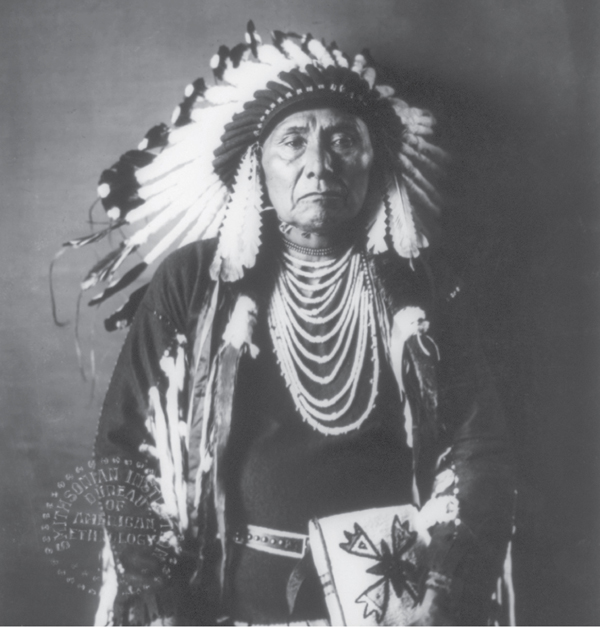
Chief Joseph led his people from 1871 until his death in 1904.
Chief Joseph opposed war but knew he had to defend his people. During the next three months, the chief and his band led the army on a 1,400-mile (2,253-kilometer) chase into what is now Montana, fighting four major battles along the way despite being outnumbered about 10 to one. But they couldnt run forever. When Chief Joseph surrendered October 5, 1877, he sadly spoke these words:
American Indians lived in North America for thousands of years before European settlers arrived. The Indian people lived in many separate tribal groups across the continent. Each of the more than 600 tribes had its own language, culture, and way of life.
Some of the tribes stayed in one area. Others moved from place to place, following buffalo herds or changes in the weather. American Indian tribes shared a deep respect for nature. The majority of them believed that land was something no one could own, not themselves or the settlers. They believed that land could be used for a while, but must be preserved to be passed on to the next generation. Most also believed people were only a small part of nature and had a moral and spiritual obligation to give back whatever they took.
NEW INHABITANTS
When European settlers came to North America, many of them in the 1600s, Indians were curious about the new people who had moved to their land. The American Indians helped the settlers by guiding them through the area and giving them assistance as they set up their farms, sharing what they knew about native plants and animals. The Indians also warned the newcomers about dangerous winter weather. In 1607 Chief Wahunsenacawh, known to the settlers as Chief Powhatan, supplied food to hungry settlers in the colony of Jamestown, in what is now Virginia. In 1621 a Patuxet Indian named Tisquantam, also called Squanto, helped the settlers of Plymouth Colony survive by teaching them native methods of fishing and farming.


